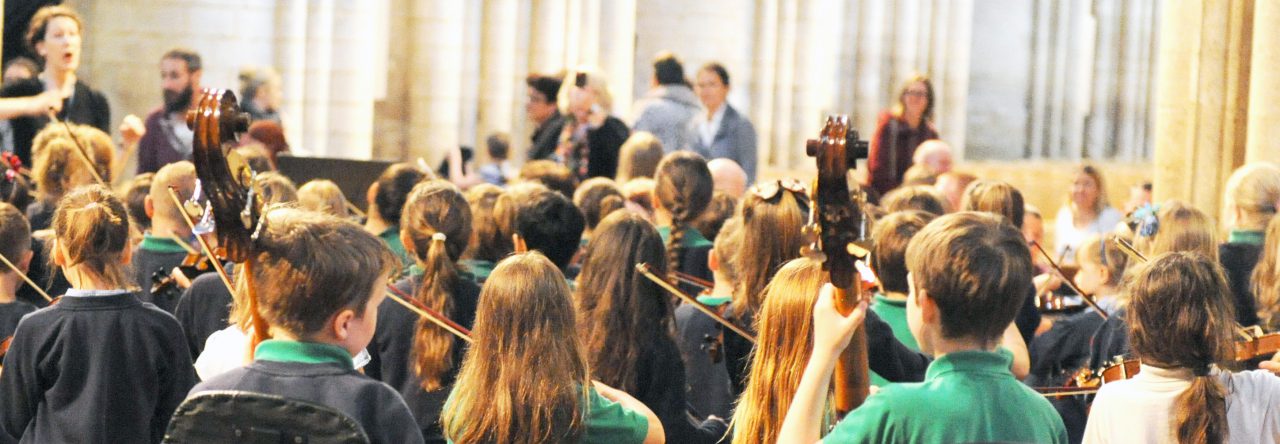I have noted that the blog republished below, and first published at https://jfin107.wordpress.com/?s=autonomy, has over time attracted a lot of attention. That is, the number of readers rather than comments.
In this republication I have made a few changes.
What is musical autonomy?
If a goal of education is to develop self-governing critically engaged citizens, and if this is considered fundamental to making a democracy, then there needs to be a carefully considered balance between autonomy and heteronomy. These are big ideas. First autonomy.
The idea of ‘autonomy’ emerged from the 18th century Age of Enlightenment, that time when we came to understand ourselves a bit better and imagined that with the aid of rational thought we could make progress and achieve a more perfect state of humanity. Most haven’t given up on this despite disappointments. [1]
The idea of being an autonomous human being is very attractive. We take this to mean that we exercise the capacity for self-government. Our actions are truly our own. We have agency and we can act authentically. [2] Music teachers like the idea of pupils having autonomy over their music-making. Autonomy is thought to be a good thing and a worthy goal.
But autonomy has an antonym, heteronomy, meaning ‘under the will of others’. This is interesting because until recently it was under the will of others that autonomy was thought to be achieved – the will of the parents, school, the teacher, peers, examination boards, for example.
Education’s big idea, the achievement of what has been called ‘rational autonomy’, expected a submission of the will to the authority of the past, its store of knowledge, know how and the formalities of the school.
This noble educational goal was to bring students to a point of rational autonomy through taking them beyond what they already knew or felt at home with. Education released the student from being bound to their immediate context and limited experience. Their thinking would become ‘context independent’. It was the school and the teacher who were vested with the authority to mastermind this process.
This is in strong opposition to another discourse where it is argued that heteronomy must give way to autonomy in order to make space for students to express their opinions and to participate in the making of their musical cultural environments. [3]
While there is currently much energetic and enthusiastic rebalancing of the autonomy-heteronomy scales, little attention has been paid to defining the curriculum in these terms. The focus has been on pedagogy. [4]
In Ronald Meighan’s view the place to start is to be clear about how the curriculum is defined. A conception of curriculum precedes pedagogy. [5] Three possibilities are offered.
Consultative Curriculum
Imposed programme; student given regular opportunities to input thoughts and feelings. Feedback can be reflected upon by the teacher and modifications made.
Negotiated Curriculum
Power sharing between teacher and student is increased, and where a common understanding is developed between both about the course of study that is to be undertaken
Democratic Curriculum
The learners create, deliver and review their own curriculum.
In the book ‘Masterclass in Music Education’ secondary school music teacher Eleanor Man analyzes the move from a consultative to a negotiated curriculum. [6] A remarkable degree of trust was built up between teacher and pupils opening up the possibility of an ongoing mature dialogue about how the curriculum might unfold. The teacher’s authority was enhanced. The pupils became self-governing and critically engaged and on the road to achieving musical autonomy. The Democratic curriculum beckons. And we could begin to imagine how the three curricula could work together, sometimes emphasis here, sometimes there and with the longer term goal of achieving rational autonomy.
Meighan’s model may be more useful than the ‘Informal, Non-formal; Formal’ one.
Or a better question:
How would the two intersect?
We need better theorising about all this. Without that we barely know what each other are talking about.
Next week I introduce the reader to Carolyn Cooke’s ‘what is a curriculum’?
Notes:
[1] The Enlightenment project, as it is called, has come under severe criticism expressed in the move from modernity to post-modernity. Adorno and Horkheimer’s ‘The Dialectic of the Enlightenment’ argues that the dominance of scientific rational thinking has served to dehumanize and instrumentalize society. Christopher Small’s seminal work ‘Music, Society, Education’ critiques the tradition of Western European music as being hidebound by scientific rationality.
[2] The idea that we are free to act authentically is of course challenged.
[3] See ‘Music Cultural Pedagogy in the ‘’Network Society’’’, Winfried Sakai at http://jets.redframe.com
[4] One example of the emphasis on pedagogy is Lucy Green’s influential ‘Music, Informal Learning and the School: A New Classroom Pedagogy’. Ashgate, 2008.
[5] See Meighan, R. (1988) Flexi-Schooling. Education for Tomorrow, Starting Yesterday. Ticknall, Education Now Publishing Cooperative.
[6] See ‘Masterclass in Music Education’, (Eds) Finney, J. and Laurence, F. 2013, Bloomsbury.
